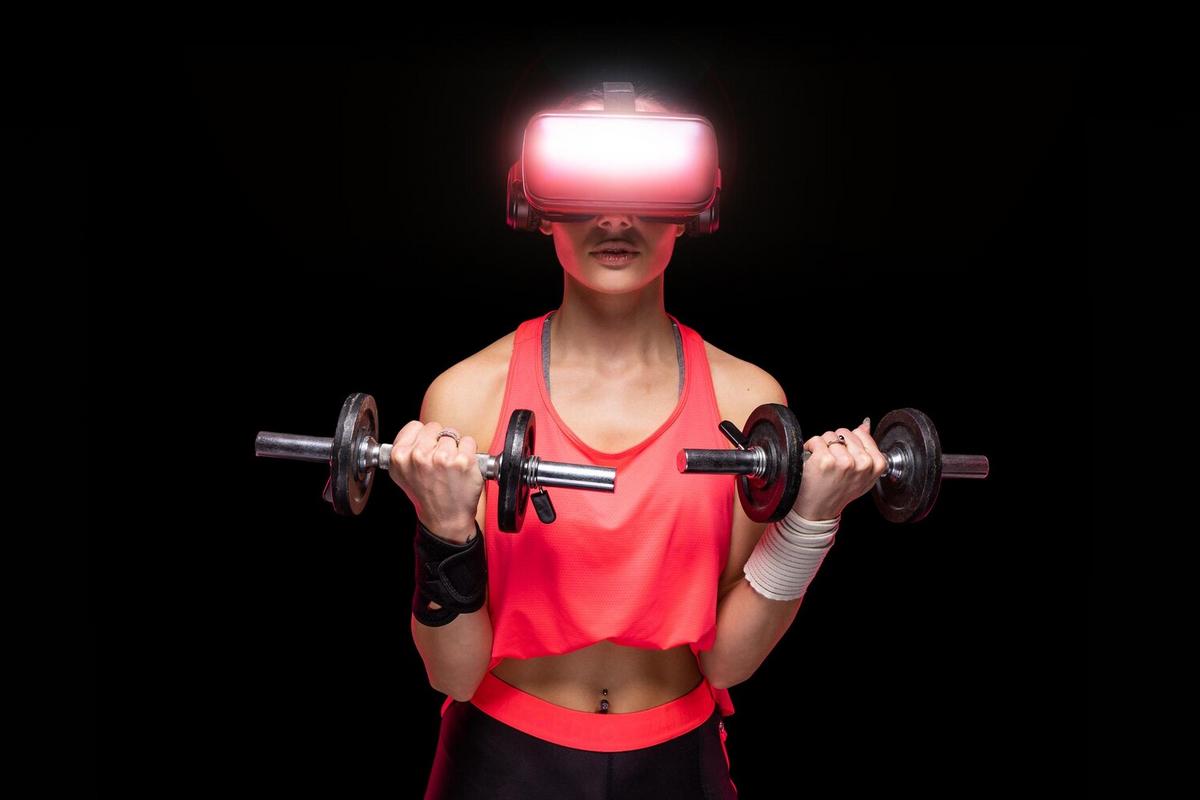
The Impact of Technology on Fitness: Apps, Wearables, and VR
With the rapid advancements in technology, the way we approach fitness has transformed dramatically. From tracking our daily steps to immersive virtual reality workouts, technology is redefining how we stay active and healthy.
Technology’s influence on fitness extends beyond mere convenience. It’s revolutionizing our routines and offering new ways to engage with our health goals. Let’s delve into how apps, wearables, and virtual reality (VR) are impacting the fitness landscape.
Apps: Your Personal Fitness Coach
Fitness apps have become ubiquitous, providing personalized workout plans and tracking progress. According to Statista, the global fitness app market is projected to reach $15 billion by 2026, underscoring their growing popularity. These apps offer features such as guided workouts, nutritional advice, and community support, making them a valuable tool for many fitness enthusiasts.
John Smith, a certified personal trainer, notes that “fitness apps empower individuals to take control of their health by providing easy access to expert advice and personalized programs.”
For those new to fitness apps, start with a basic app that offers guided workouts and gradually explore more advanced features as you become comfortable.
Wearables: Tracking Your Every Move
Wearable technology, such as fitness trackers and smartwatches, has become an integral part of many people’s lives. These devices monitor metrics like heart rate, steps, and sleep patterns, offering insights into overall health. A study published in the Journal of Medical Internet Research found that wearable users are more likely to increase their physical activity levels.
Consider investing in a wearable that aligns with your fitness goals, whether it’s tracking your runs or monitoring your sleep quality.
Virtual Reality: Immersive Workout Experiences
Virtual reality is offering a unique twist to traditional workouts. VR fitness games and applications transform exercise into an immersive experience, making it more enjoyable. Imagine cycling through the Alps or boxing in a futuristic arena—VR makes these scenarios possible.
Emily, an avid VR user, shares, “VR workouts have completely changed my approach to exercise. It’s fun and engaging, and I often forget I’m working out.”
How to Choose the Right Technology for You
With so many options available, selecting the right technology can be daunting. Here’s a comparison table to help:
| Technology | Features | Ideal For |
|---|---|---|
| Fitness Apps | Guided workouts, tracking, community | Beginners, budget-conscious users |
| Wearables | Activity tracking, health monitoring | Data-driven individuals |
| VR | Immersive experiences, gamified workouts | Those seeking fun and engagement |
| Smart Home Gyms | Interactive training, connected equipment | Tech-savvy fitness enthusiasts |
| Online Fitness Platforms | Live classes, on-demand sessions | Flexible schedules, variety seekers |
| AI Personal Trainers | Personalized coaching, adaptive workouts | Advanced users, specific goals |
| Health Apps | Nutrition tracking, health insights | Holistic health approach |
| Wellness Apps | Meditation, stress management | Mental health focus |
Frequently Asked Questions
How do fitness apps motivate users?
Fitness apps motivate users by setting achievable goals, providing reminders, and offering rewards for reaching milestones.
Are VR workouts effective?
Yes, VR workouts can be effective as they offer a fun, engaging way to exercise, which can increase consistency and enjoyment.
What should I consider when choosing a wearable?
Consider factors such as compatibility, battery life, features, and design when selecting a wearable device.
Technology continues to shape the future of fitness, making it more accessible and engaging than ever before. By exploring and integrating these tools, you can enhance your fitness journey and achieve your health goals more effectively.


